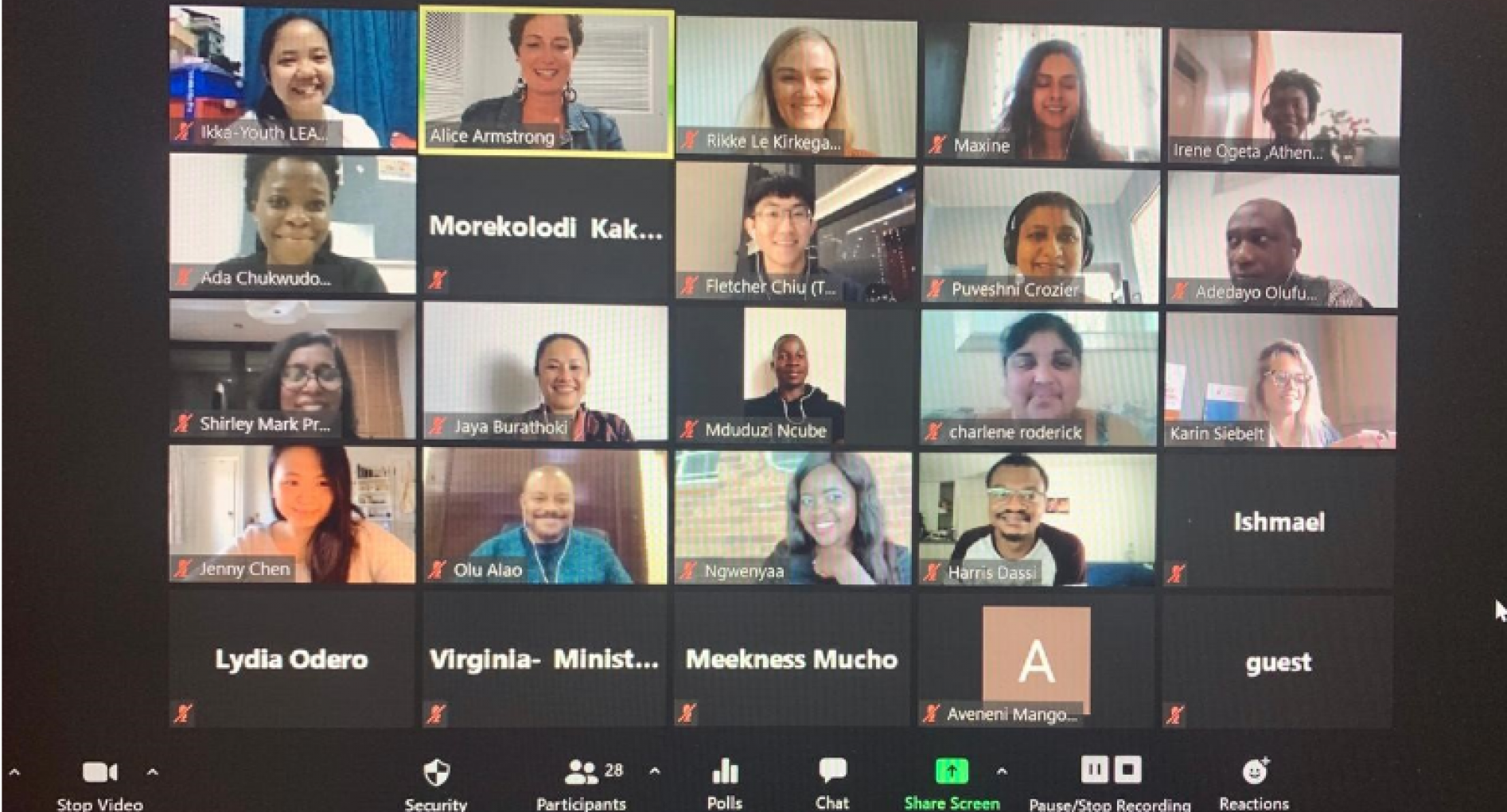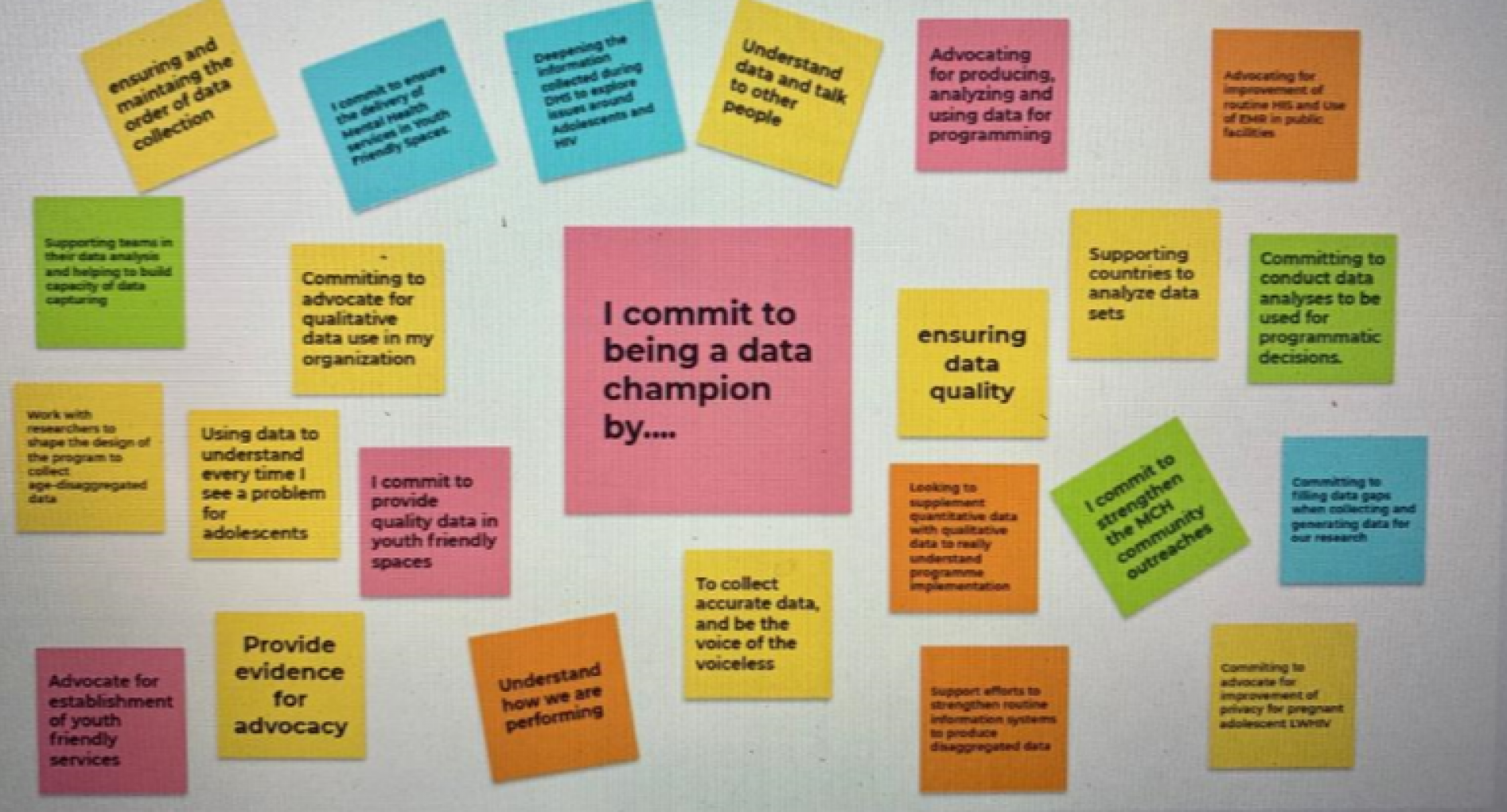Keynote speaker Tumie Komanyane from Frontline AIDS set the stage for the session by sharing the story of her journey from adolescent peer to practitioner.
Three oral abstracts were presented on adolescent sexual and reproductive health. Mercy Marimirofa from Zimbabwe National Family Planning Council shared findings from a knowledge, attitudes, and practices study on contraceptive use among university students in Zimbabwe. Dr. Samukelisiwe Nyamathe from Hope Cape Town examined the risk of HIV infection in young peripartum women. The final abstract was presented by Dr. Carmen Logie from the University of Toronto, who shared contextual considerations to guide optimization of the HIV prevention cascade for urban refugees and displaced adolescents and youth in Kampala, Uganda.
The findings presented revealed that large gaps continue to exist between levels of sexual activity and contraceptive use. Accessibility, affordability, social norms and religion pose as obstacles to using family planning services among young people attending tertiary education. As high levels of correct knowledge and awareness do not always translate into uptake of contraceptives, there is a need to motivate young people and facilitate referrals. A risk assessment tool found that more than half of young women giving birth at Tygerberg Hospital, South Africa, were found to be at high risk of HIV infection within the next year. The tool can be used to invest in HIV protective factors and address key risk factors in this population.
There is a scarcity of youth-focused HIV prevention programmes in humanitarian contexts. The study from Kampala showed that the convergence of intersectional stigma (related to age, refugee status, sex work, and HIV), inequitable gender norms, prevailing socio-cultural norms, and economic insecurity posed as significant barriers to engaging young refugees in the HIV prevention cascade. The authors stressed the need to address norms and offer contextualised, trauma-informed care to reach and improve HIV outcomes among urban refugee youth.
The speakers concluded that we must look at adolescent issues holistically. Effective approaches can be found in peer support programmes and adolescent clubs as well as initiatives that capacitate youth leadership and agency. When implementing programmes, managers must adopt modern digital solutions that speak to the adolescents of today.


